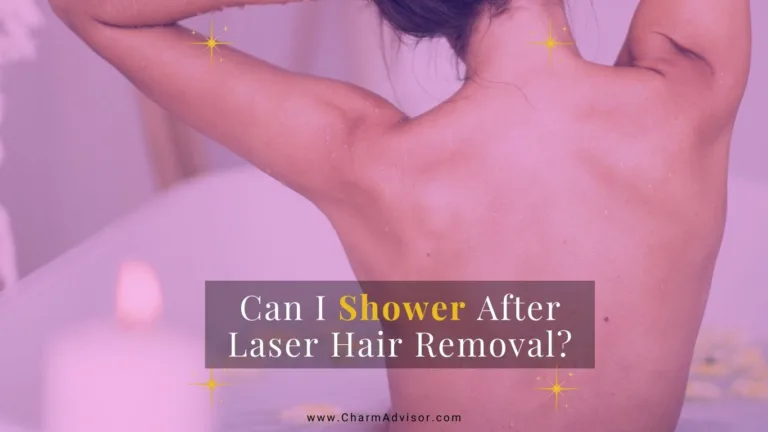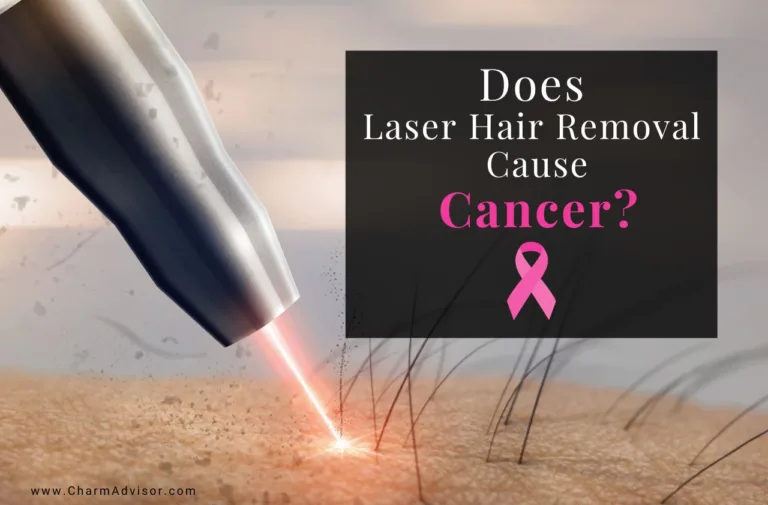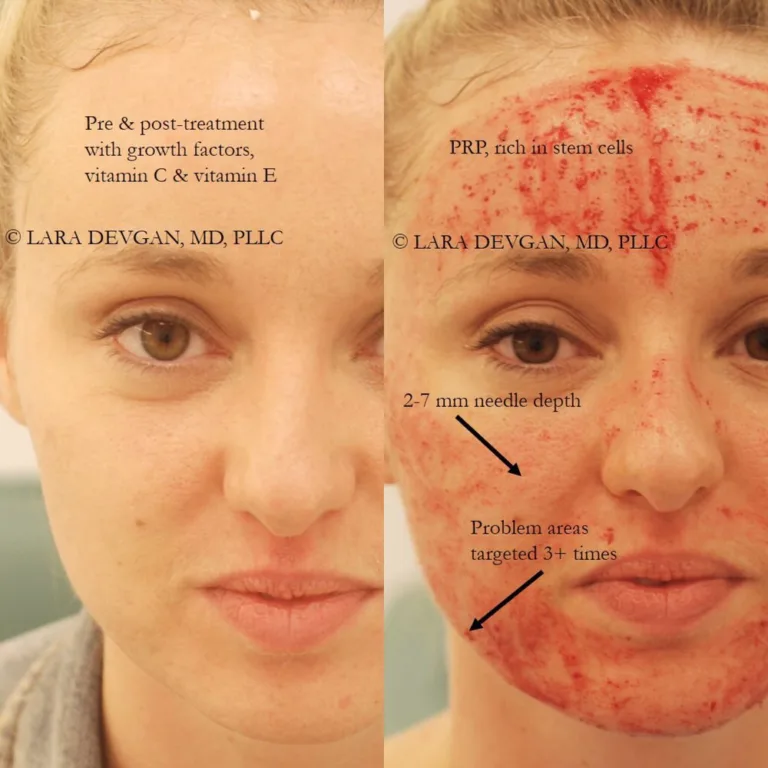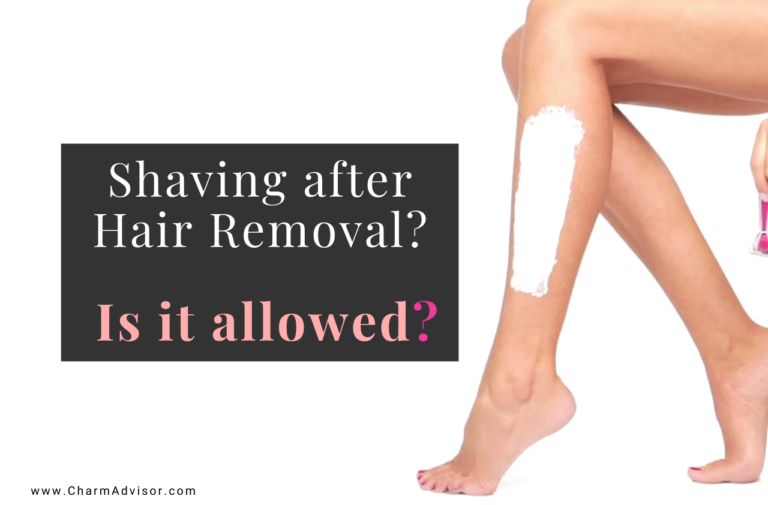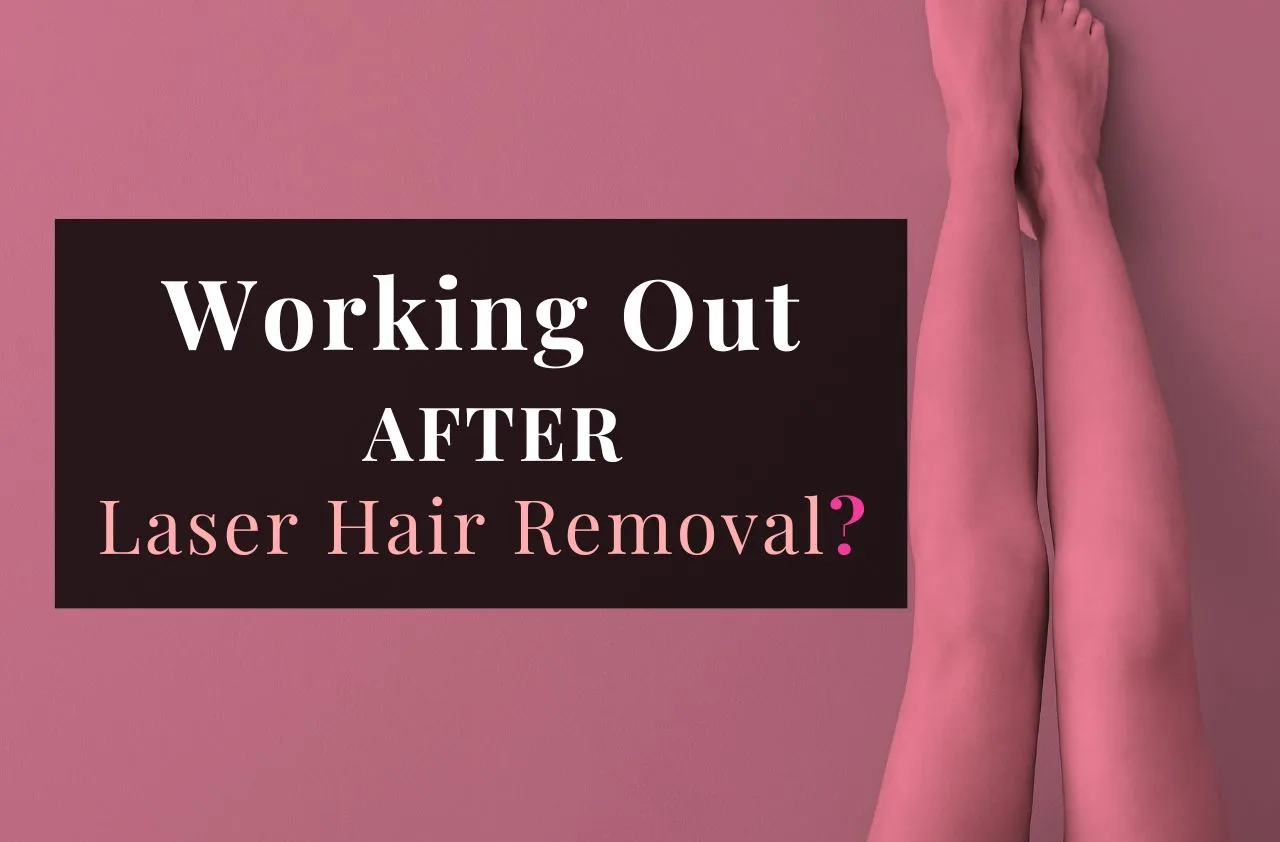
Introduction
But before you book your appointment, you might have some questions about the procedure and the aftercare. One of the most common questions is: can you workout after laser hair removal?
This is a valid question, as working out is an important part of a healthy lifestyle and many people enjoy exercising regularly. However, working out after laser hair removal is not as simple as it sounds. There are some dos and don’ts that you need to follow to ensure the best results and avoid any complications.
Laser hair removal is a popular and effective method of getting rid of unwanted hair permanently. It works by using pulses of light to destroy the hair follicles and prevent them from growing back. The result is smooth and hair-free skin that lasts for a long time.
Laser hair removal has many benefits, such as:
- Precision: The laser can target specific areas of hair without affecting the surrounding skin.
- Speed: The laser can treat a large area of skin in a short time. For example, it can treat the upper lip in less than a minute, and the back or legs in an hour or less.
- Permanence: The results of laser hair removal are long-lasting, as the hair follicles are destroyed or disabled. Most patients achieve permanent hair reduction after 3 to 7 sessions, depending on the area of treatment, the type of laser, and the individual factors.
In this article, we’ll explain everything you need to know about working out after laser hair removal, including:
Table of content
By the end of this article, you’ll have a clear understanding of the pros and cons of working out after laser hair removal and how to do it safely and effectively.
Why You Should Avoid Working Out Immediately After Laser Hair Removal?
The main reason why you should avoid working out immediately after laser hair removal is because of sweat. Sweat is a natural and healthy response of your body to regulate your temperature and flush out toxins. However, sweat can also affect your laser hair removal and cause some problems.
First of all, sweat can interfere with the laser’s ability to target the hair follicles and reduce the effectiveness of the treatment. This is because sweat contains salt, which can reflect the light and prevent it from reaching the hair roots. This can make the treatment less successful and require more sessions to achieve the desired results.
Secondly, sweat can increase the risk of overheating your skin and causing damage or discomfort. This is because your skin is already sensitive and inflamed after the laser treatment, and adding more heat can worsen the condition and delay the healing process. This can also increase the chances of developing side effects, such as redness, swelling, pain, irritation, infection, or scarring.
Cell Regenerate, explains how working out after laser hair removal can cause these problems:
“When you exercise, your body temperature rises and your pores open up. This allows sweat to seep into your skin and mix with the dead skin cells and bacteria that are being shed from your laser treatment. This can create a breeding ground for infection and inflammation, which can lead to complications such as folliculitis, ingrown hairs, or hyperpigmentation. Additionally, the friction and rubbing of your clothes or equipment can irritate your skin and cause more discomfort or damage.”
Therefore, it is advisable to avoid working out immediately after laser hair removal and give your skin some time to recover and heal.
When Can You Resume Working Out After Laser Hair Removal?
The next question that you might have is: when can you resume working out after laser hair removal? The answer to this question is not a simple yes or no. It depends on several factors, such as the area of treatment, the type of laser, the skin type, and the individual response.
However, as a general rule of thumb, you should wait at least 24 to 48 hours after laser hair removal before resuming any intense workouts that can cause excessive sweating or friction. This will allow your skin to calm down and reduce the inflammation and irritation. You should also monitor your skin for any signs of infection or complications and contact your doctor if you notice any.
The Wellness Nerd, gives a similar recommendation and explains the factors that may influence the recovery time:
“The recovery time after laser hair removal varies depending on the area of the body that was treated, the type of laser that was used, the skin type of the patient, and the individual reaction to the treatment. Some people may be able to resume working out the next day, while others may need to wait a few days or weeks. The best way to determine when you can work out after laser hair removal is to listen to your body and follow the aftercare instructions from your laser technician.”
Therefore, it is important to be patient and cautious when resuming working out after laser hair removal and not rush into it. You should also consult your laser technician for more specific and personalized advice.

How to Work Out Safely and Effectively After Laser Hair Removal?
Once you have waited the recommended time and your skin has healed and returned to its normal state, you can resume working out after laser hair removal. However, you still need to be careful and follow some tips and best practices to ensure that you work out safely and effectively and do not compromise the results of your laser treatment.
Here are some of the tips and best practices that you should follow:
Choose low-impact exercises that do not cause excessive sweating or friction, such as walking, cycling, swimming, dancing, or yoga. These exercises can help you stay fit and healthy without irritating your skin or affecting your laser hair removal. You should avoid high-intensity exercises that can make you sweat a lot or cause a lot of rubbing, such as running, jumping, lifting weights, or martial arts. These exercises can increase the risk of infection, inflammation, or scarring and reduce the effectiveness of your laser treatment.
Wear loose-fitting and breathable clothing that does not irritate your skin or trap moisture.
You should avoid tight-fitting, synthetic, or woolen clothing that can chafe your skin or cause overheating. You should also avoid wearing any accessories or jewelry that can scratch or rub your skin. You should opt for cotton, linen, or silk clothing that can keep your skin cool and comfortable.
Keep the treated area clean and dry and apply moisturizer or cream to hydrate and protect your skin. You should wash your skin with mild soap and water before and after working out and pat it dry with a soft towel. You should also apply a gentle, fragrance-free, and hypoallergenic moisturizer or cream to your skin to prevent dryness, itching, or flaking. You should avoid any products that contain alcohol, acids, or retinoids, as these can irritate your skin or cause discoloration.
Avoid sun exposure and use sunscreen to prevent skin damage and discoloration. You should protect your skin from sun exposure and use sunscreen with SPF 30 or higher every day, regardless of the weather or the season. Sun exposure can cause your skin to become more sensitive, inflamed, or discolored after laser hair removal. You should also avoid tanning beds or artificial tanning products, as these can have the same effect.
Listen to your body and stop if you feel any discomfort or pain. You should pay attention to how your skin feels and reacts to working out after laser hair removal and stop if you notice any signs of irritation, infection, or complications. You should also contact your doctor or laser technician if you have any questions or concerns about your skin or your laser treatment.
By following these tips and best practices, you can ensure that you work out safely and effectively after laser hair removal and enjoy the benefits of smooth and hair-free skin for a long time.
You can also check this article if you have any questions about Shaving after Laser Hair Removal.
Conclusion
In conclusion, working out after laser hair removal is possible, but you need to be careful and follow some guidelines to ensure that you do it safely and effectively. You should avoid working out immediately after laser hair removal, as this can interfere with the laser’s ability to target the hair follicles and cause some side effects, such as irritation, infection, or scarring.
You should wait at least 24 to 48 hours after laser hair removal before resuming any intense workouts that can cause excessive sweating or friction. You should also choose low-impact exercises that do not irritate your skin or affect your laser treatment, such as walking, cycling, swimming, dancing, or yoga. You should also wear loose-fitting and breathable clothing that does not chafe your skin or trap moisture.
You should also keep the treated area clean and dry and apply moisturizer or cream to hydrate and protect your skin. You should also avoid sun exposure and use sunscreen to prevent skin damage and discoloration. You should also listen to your body and stop if you feel any discomfort or pain.
Working out after laser hair removal can help you stay fit and healthy without compromising the results of your laser treatment. You can enjoy the benefits of smooth and hair-free skin for a long time, as long as you follow the tips and best practices that we have discussed in this article. If you have any questions or concerns about working out after laser hair removal, feel free to contact us or leave a comment below. We’d love to hear from you and help you achieve your hair removal goals. 😊

